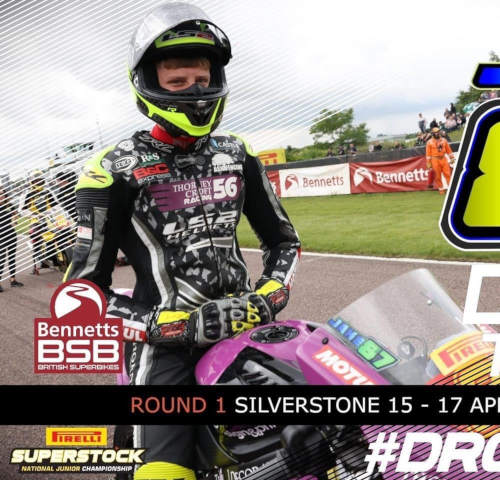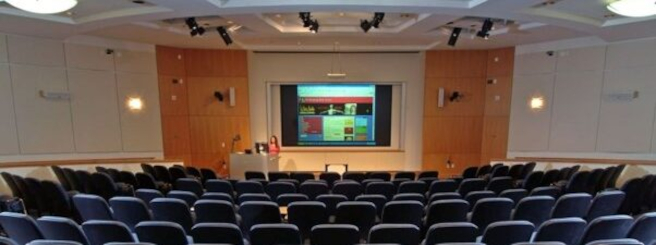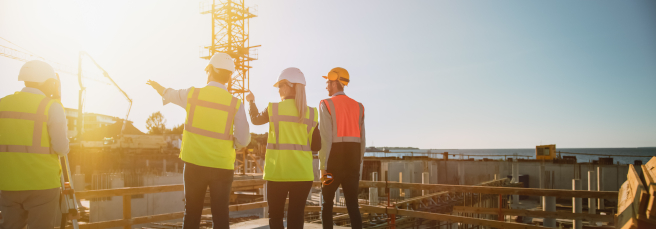

What is Efflorescence?
Efflorescence is a crystalline deposit, and usually appears on the surfaces of bricks, masonry or concrete and is visible to the naked eye. Aesthetically it takes the appearance of a white powdery substance. Although this can be a concern for building owners, efflorescence is predominantly an aesthetic issue and will not affect the building structurally. However, efflorescence is typically the sign of damp in the material and would need to be investigated.
What causes Efflorescence?
Efflorescence is caused when water containing salts is brought to the surface of masonry. There can be a number of causes such as:
• Moist conditions
• Condensation
• Ground Water
• Rain
• Low temperatures
The water/moisture travels through capillaries in concrete/masonry carrying the salts to the surface. Hence the fewer capillaries or the higher density of the material, the more difficult it is for water to travel to the surface. The greater porosity the material has, the greater chance efflorescence will occur.
Calcium hydroxide, which is formed when Portland cement during hydration, is carried through capillaries by water to the surface. When it reaches the surface is reacts with the carbon dioxide in the air. This in turn produces water and calcium carbonate which upon evaporation of the water, leaves the salt deposits behind. Hydroxides and sulphates from either potassium or sodium can also cause efflorescence due to the water solubility. These salts usually come from cement and aggregates.
The evaporation of water is key to leaving the salt deposits behind. This can depend on humidity levels. Higher humidity can result in a slow evaporation, which means that salts have more time to reach the surface. However, in lower humidity, water may evaporate before it has reached the surface resulting in the salts not being seen. This is why to an extent efflorescence can be seen as a seasonal problem.

Efflorescence can also occur on newly built buildings and is referred to as the ‘new building bloom’. The ‘new building bloom’ usually appears in a unform pattern across the wall surface. In the majority of cases, it will dissipate with time assuming the brickwork is allowed to dry after construction and the rain is given enough time to clean the surface. If efflorescence occurs after the first year of construction, then this is usually due to water penetration.

Both of the above images shows a build-up of salt deposits externally as per the first image and internally as per the second.
How to troubleshoot efflorescence
When efflorescence is present, identifying the reason behind why it has occurred is an important step to rectifying the issue. The following points should be consideration when efflorescence has occurred on a building:
Assess the structure: By identifying the age of the property when the efflorescence first appeared, this will help identify the source of the problem. If the building is less than a year old, then it is likely that the source is from the building material itself. Whereas, if the building is older, then it is likely that there is a new source of water in the material.
• Location: By observing the location of the efflorescence, this may determine the water source causing the problem. The previous/current use of the building also needs to be considered. If the building had been vacant for a long time, then various conditions may have occurred that could contribute to efflorescence.
• Material Condition: The condition of the material and the quality of the workmanship can lead to finding the source of efflorescence. Entry paths for moisture can be found through minor damage such as cracks. This will help in determining a possible source of efflorescence.
• Design features: Efflorescence may occur due to the various design issues of the building. Water run off down the masonry can be increased due to a lack of drip detail, dripping overflow pipes or condensation causing a build-up of salt deposits.
By considering these, even before efflorescence has occurred can prevent it from happening and reduce the cost and time involved with dealing with this problem. Assigning the essential time and resources to prevent efflorescence can make a big difference in the longer term.
Preventing Efflorescence
Efflorescence isn’t entirely preventable, but the risk can be reduced in a number of ways depending on the material. Taking care of building materials before, during, and after the construction process can help to prevent efflorescence. Precautions need to be taken, including:
• Washing: Sand and gravel in their natural state will most likely have been in contact with salt bearing water or soil. To prevent efflorescence occurring the salts need to be removed by washing. This has become common practice with suppliers.
• Barium Salt: Building bricks may also contain soluble salts. To reduce or prevent this the clay needs to be washed while in the manufacturing process. A barium salt can be added to react with the calcium sulphate, this in turn will result in the compounds barium sulphate and calcium carbonate, both of which are insoluble.
• On site storage: Bricks can be kept suspended off the ground and in a dry place to prevent dampness and any absorption of moisture.
• Masonry Construction: Applying overhanging copings, flashings and eaves to reduce the risk of penetrating water.
Capillary Breaks: Installing a polyethylene sheet in-between building materials and soil can also minimise the danger of salt entering the material.
There are many other remedies that can try and prevent efflorescence however, the risk may not be eradicated. It is therefore important to recognise how to treat it if it does occur.
Treating Efflorescence
There are a number of methods for removing efflorescence effectively. However, before it can be removed the reason behind how efflorescence occurred needs to be determined. Depending on the cause whether that be; late age efflorescence, early age efflorescence, ground water or water leakage etc. this should be repaired prior to removing the efflorescence from the surface.
Commonly, efflorescence can be removed using dry brushing followed by a rinsing of clean water preventing any residue being left on the surface. However, if this does not work then light sandblasting can be used, this must be done with care as this can alter the appearance of the masonry.
Once Efflorescence becomes insoluble it can be harder to remove. As a last resort, a mild acid solution can be applied to clean the wall. This can however have its implications, as applying acid to a structural surface can erode mortar and discolour masonry. A small portion of the wall should be tested before a wider spread dose is used to assure there is no major adverse effects. For further
protection the masonry wall should always be wet prior to the application of the acid to prevent the acid from being absorbed deeper into the wall causing further damage.
If you believe you may have efflorescence to your property, then our Chartered Surveyors can help. We can diagnose the source and provide further advice on how to remove the problem.
DISCLAIMER: This article is for general information only and not intended as advice. Each project has its own set of unique circumstances, all potential issues should be investigated by a surveyor on a case by case basis before making any decision.










